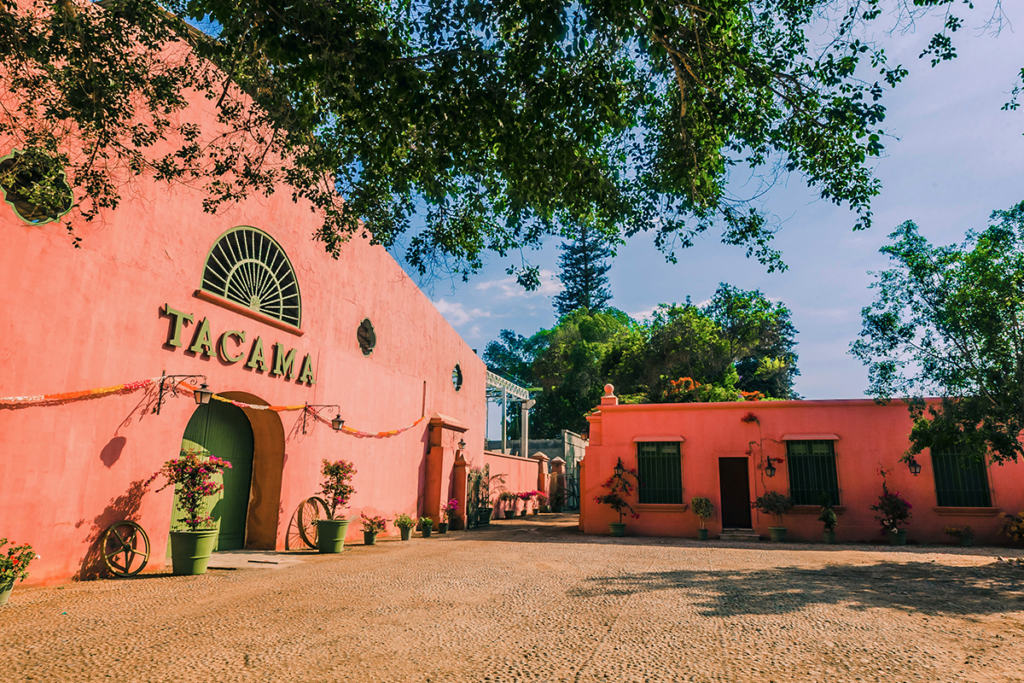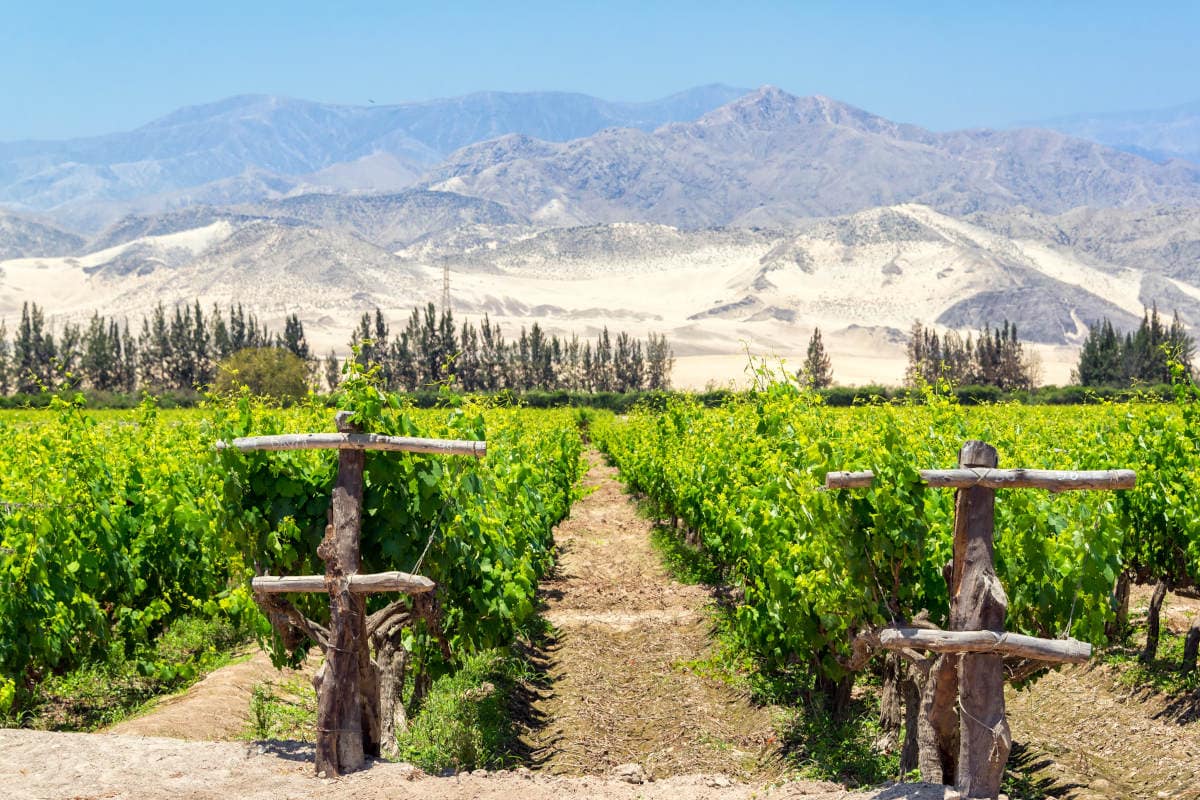
Vineyards can be found a few hours from Lima, with a rich history dating back to 1540.
When the Spanish conquered Peru, it didn’t take long for them to start growing grapes to make familiar vineyards to make delicious wine. In fact, it only took them five years to get started. They began in Ica, where the climate is dry all year round but managed to invent a functional water system that would allow the many types of grapes to flourish.
Today, you can visit many wineries that are as beautiful as they are tasty. All of them have rich history from the colonial days and many of their historical reminisce are still present. These are three of the vineyards we recommend to visit…
Tacama

Tacama was the first winery that the Spanish created in 1540- that’s only five years after conquering Peru! By 1821, the vineyard became a monastery owned by the San Agustin de Ica Convent. Today, the architecture still remains as it did when the monastery was active and the church with its original Spanish tiling is still open to observe.
By the 1920s the vineyard was introduced to French wine technology and methods, which are still being used today. They specifically hired French wine experts to improve the quality of the wine. Our guide gave us an excellent tour of the area, and then we watched an informative video that explained how they used to process the wine.
One fun fact that stuck with me was the storage barrels needed to be placed ten feet underground to keep the wine cool. After all, this is in a desert! The vineyard itself is a beautiful and relaxing area where we could enjoy delicious appetizers and some sparkling wine that we enjoyed under white gazebo tents.
Variety of high-quality appetizers in the garden that went along with a glass of sparkling wine.
La Caravedo (Pisco Portón)

Our next stop is Portón Pisco– the famous pisco distillery. It is one of Peru’s highest quality pisco, and its distillery was the most impressive to me. It was established in 1563, and today, you can still see the original machinery they used to process the pisco.
The vineyard was known as a hacienda: Hacienda La Caravedo. You will enter into the new section from the opposite side of the old machinery where you will see the current production. There were vineyards everywhere, and the guide will give you an informative tour of the different grapes used there.
There were oddly many gangs of peacocks hanging out in the vineyards, too. After the tour, you will be given a generous pisco tasting that includes four different shots as well as a chilcano before you leave.
Nietto

The last stop was at Nietto, another pisco distillery that was founded in 1856. They had a mix of pisco and wine that were filled with very sweet and milky flavors. Think of dessert wine, and that would be the sweetness level. They were tasty in small quantities, and they gave an excellent and thorough explanation of the flavors. The flavors ranged from coffee, strawberry, floral, etc.
After a boozy escapade through the vineyards, we were off to the sand dunes where we went glamping, which is basically glamorous camping…
